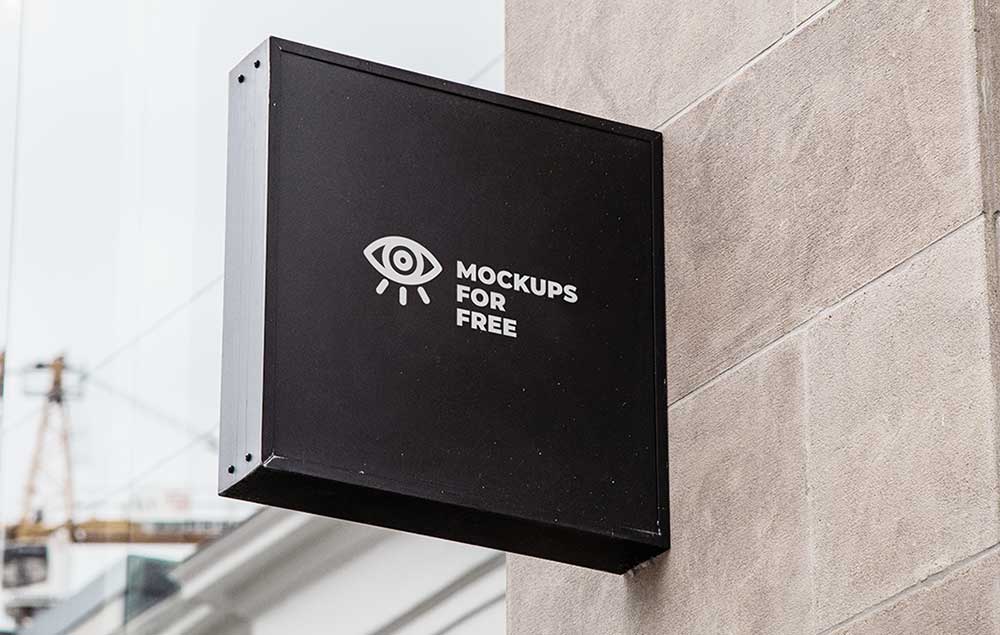Unlocking the Power of Mockup Signboards: A Comprehensive Guide to Boost Your Marketing Impact
In today’s fiercely competitive business landscape, it’s imperative to leverage every tool at your disposal to capture attention, convey your message, and drive conversions. One such tool that has gained immense popularity in recent years is the mockup signboard.
A mockup signboard is a visual representation of a physical signboard, showcasing how it will look in the real world. It allows businesses to visualize their design, test different options, and make informed decisions before investing in production. This article will delve into the multifaceted world of mockup signboards, exploring their types, benefits, and best practices for maximizing their impact.
Types of Mockup Signboards:
Mockup signboards come in various forms, each tailored to specific needs and environments:
-
Hanging Signboard Mockups: These mockups simulate the look of signs suspended from the ceiling or a wall, providing a realistic representation of their appearance in commercial spaces or public areas.
-
Wall-Mounted Signboard Mockups: Designed to showcase how a signboard will integrate with a wall surface, these mockups offer insights into its aesthetic appeal, visibility, and space optimization.
-
Freestanding Signboard Mockups: As the name suggests, these mockups depict standalone signboards situated on the ground, providing a comprehensive view of their size, shape, and overall impact.
-
Neon Signboard Mockups: These specialized mockups capture the vibrant glow and eye-catching nature of neon signs, enabling businesses to visualize their impact in dimly lit or nighttime environments.
-
Digital Signboard Mockups: Catering to the growing trend of digital displays, these mockups showcase how digital content will appear on signboards, allowing businesses to test and refine their animations and graphics.
Benefits of Mockup Signboards:
Mockup signboards offer numerous advantages that contribute to effective marketing campaigns:
-
Visualization and Refinement: They provide a visual representation of the signboard, allowing businesses to refine their design, make adjustments, and experiment with different options before committing to production.
-
Space Planning: Mockups help businesses plan the optimal placement of signboards within a given space, ensuring visibility and minimizing clutter.
-
Brand Consistency: By using mockups to test different designs, businesses can maintain consistency across various signboards, ensuring a cohesive brand image.
-
Cost Savings: Mockups are a cost-effective alternative to creating physical prototypes, saving businesses time and money while enabling them to make informed decisions.
-
Time Efficiency: Mockups accelerate the design process, allowing businesses to quickly visualize and refine their signboard concepts, saving valuable time.
Best Practices for Effective Mockup Signboards:
To maximize the impact of mockup signboards, follow these best practices:
-
Use High-Quality Images: Employ sharp and clear images that accurately represent the materials and appearance of the signboard.
-
Choose Relevant Backgrounds: Select backgrounds that complement the signboard design and provide context for its use.
-
Incorporate Real-World Elements: Add shadows, reflections, and other real-world elements to enhance the realism of the mockup.
-
Test Different Angles: Create mockups from multiple angles to provide a comprehensive view of the signboard’s appearance.
-
Consider Lighting: Pay attention to lighting conditions and how they affect the visibility and impact of the signboard.
-
Use Realistic Dimensions: Ensure that the mockup reflects the actual dimensions of the signboard, providing an accurate representation.
-
Showcase Multiple Designs: Create mockups featuring various design options to explore different possibilities and make informed choices.
FAQ:
Q1: Are mockup signboards only useful for exterior signage?
A: No, mockup signboards are versatile and can be used for both interior and exterior signage. They are valuable for visualizing how a signboard will integrate within a specific environment.
Q2: How can I use mockup signboards for event promotion?
A: Mockup signboards are an effective way to promote events by showcasing the venue, event details, and key speakers. They can be displayed in high-traffic areas to attract attention and generate excitement.
Q3: Can I create my own mockup signboards?
A: Yes, there are various online tools and software that allow you to create your own mockup signboards. However, for professional-quality results, it is recommended to collaborate with a graphic designer.
Q4: How large should a mockup signboard be?
A: The size of a mockup signboard depends on the intended use and placement. For large-scale outdoor signage, a bigger mockup is appropriate, while smaller mockups are suitable for indoor displays.
Q5: What file formats should I use for mockup signboards?
A: High-resolution image formats such as PNG, JPEG, or TIFF are recommended for mockup signboards to ensure clarity and quality.
Conclusion:
Mockup signboards empower businesses with a powerful tool to visualize, refine, and optimize their signage designs. By leveraging the benefits of mockups, businesses can make informed decisions, save time and costs, and create visually impactful signboards that captivate audiences and drive results. Whether you’re an experienced marketer or a small business owner, incorporating mockup signboards into your marketing strategy is a smart move to elevate your brand’s presence and achieve greater success.
